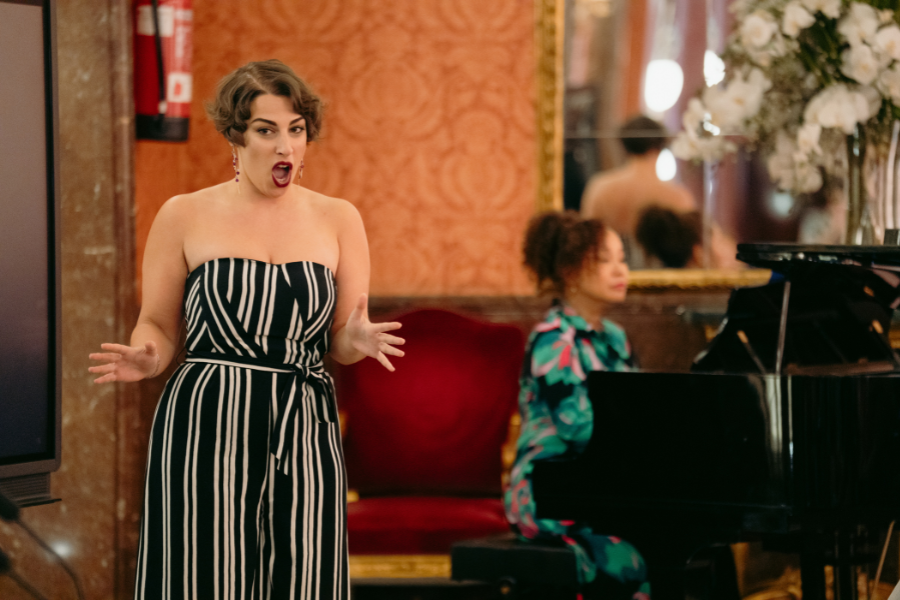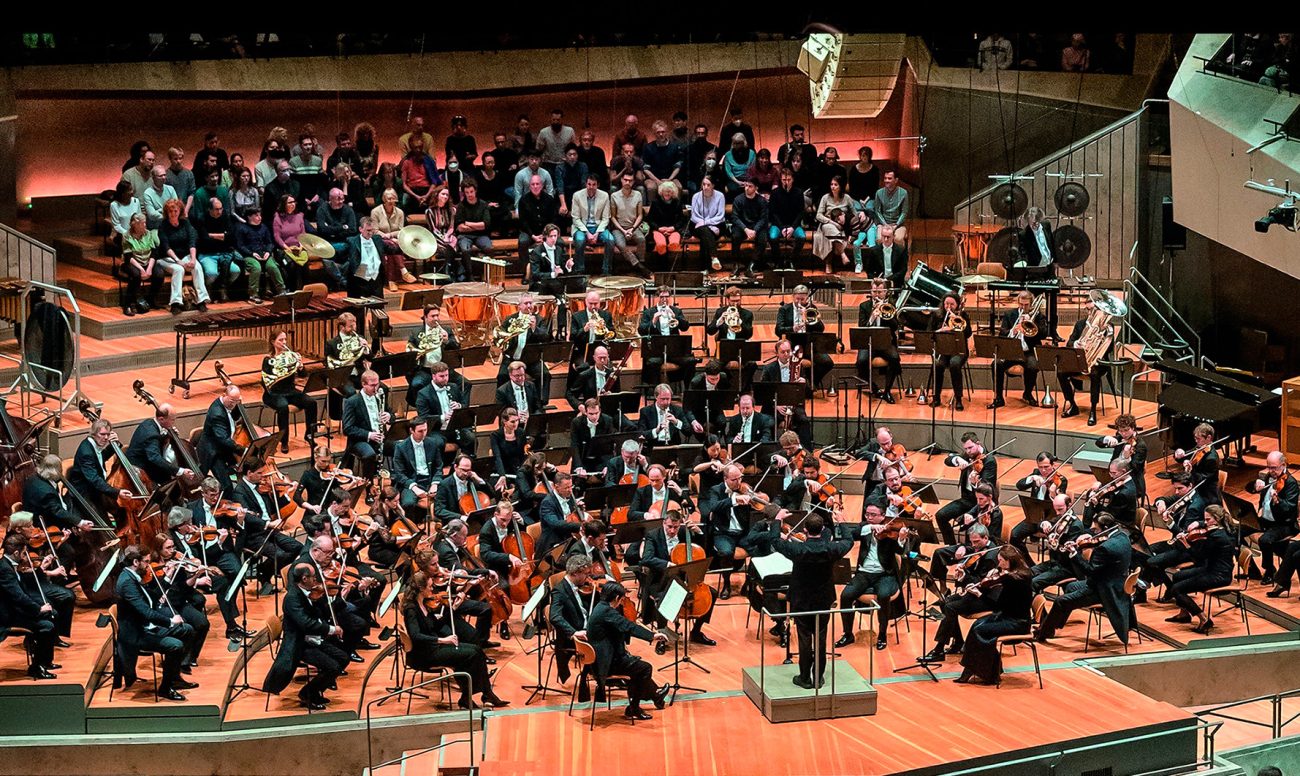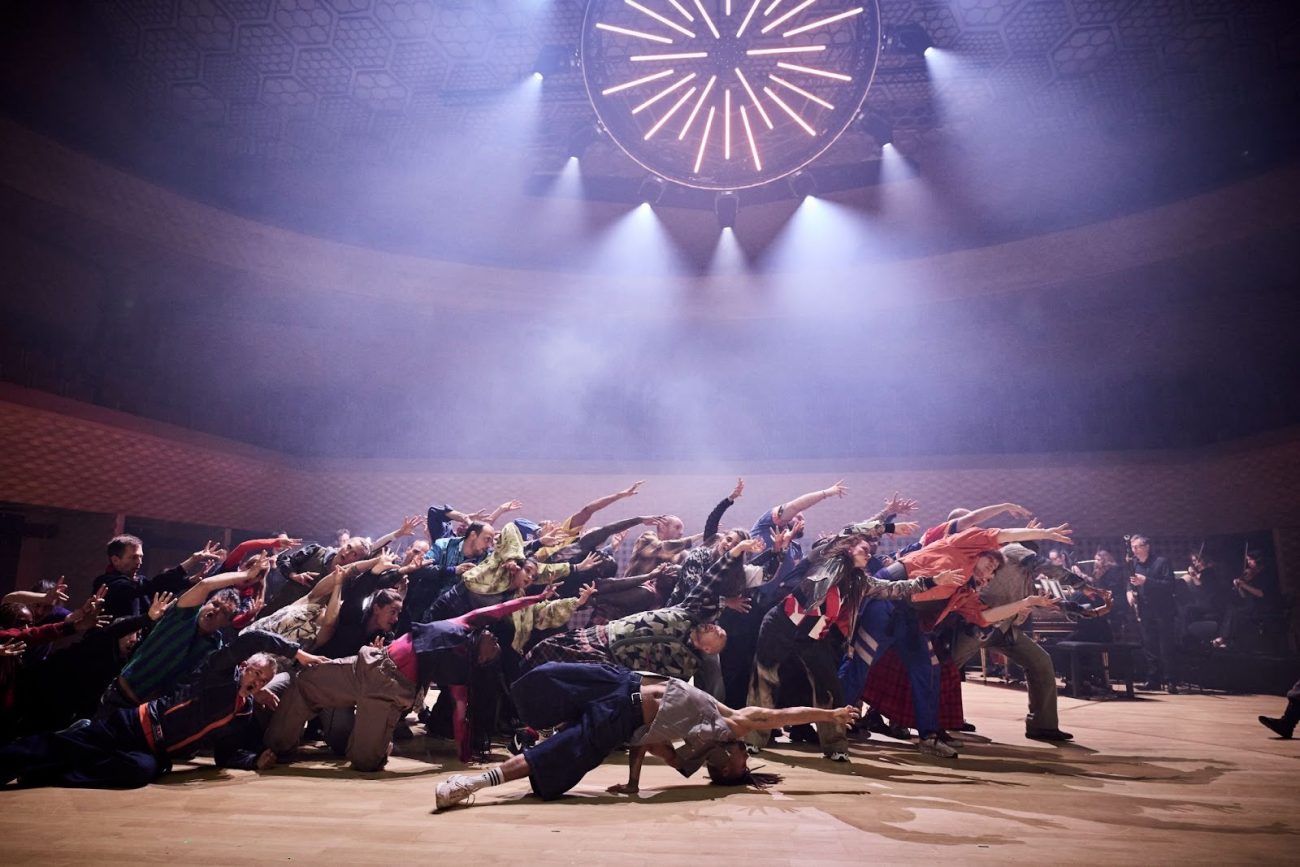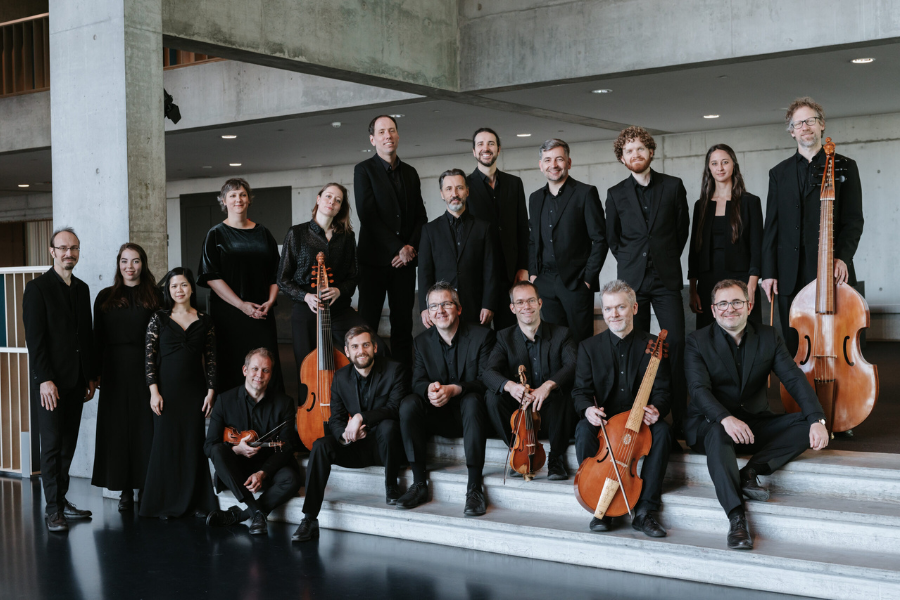«Mujeres de Zarzuela»: Un proyecto de visibilización de Wikiesfera y el Teatro de la Zarzuela

El proyecto Mujeres de Zarzuela es fruto de una colaboración entre instituciones culturales, personas expertas en la historia de la lírica española y la comunidad de editoras de Wikipedia. Muchas mujeres relevantes de la historia de la lírica española no contaban con un artículo en Wikipedia y gracias a este trabajo colectivo se publicaron 18 artículos: 10 de creación y 8 traducciones, además de mejoras en 8 artículos existentes con información, referencias y enlaces relevantes.
Foto principal: Gemma Escribano
Isamay Benavente (directora del Teatro de la Zarzuela), Patricia Horrillo (fundadora de Wikiesfera) y Mª Luz González Peña (directora del Centro de Documentación y Archivo –CEDOA- de la Sociedad General de Autores y Editores) han presentado en el ambigú del coliseo de la Plazuela de Teresa Berganza, Mujeres de Zarzuela, el proyecto de visibilización de las mujeres de la lírica española en Wikipedia.
En julio de 2024, desde la coordinación de actividades educativas y culturales en el Teatro de la Zarzuela (INAEM, Instituto Nacional de las Artes Escénicas y de la Música, Ministerio de Cultura), se pusieron en contacto con Wikiesfera con una preocupación concreta: muchas mujeres relevantes de la historia de la lírica española no contaban con un artículo en Wikipedia, a pesar de que el fondo documental del teatro conservaba abundante información sobre ellas.
Desde Wikiesfera vieron que esta propuesta se alineaba plenamente con su objetivo: el de reducir la brecha de género en la enciclopedia libre. Para ellas era clave conectar ese conocimiento institucional con la comunidad de personas editoras, generando un espacio de aprendizaje colectivo con impacto real en el acceso al conocimiento.
En la presentación han intervenido las sopranos Soledad Vidal y Sofía Gutiérrez Tobar interpretando, junto con la pianista repetidora del Teatro Lilliam Castillo, dos fragmentos de Diana cazadora de María Rodrigo.
Diseño del proyecto
El proyecto Mujeres de Zarzuela está planteado como una colaboración entre instituciones culturales, personas expertas en la historia de la lírica española y la comunidad de editoras de Wikipedia. El primer paso fue identificar a las mujeres cuya trayectoria artística debía visibilizarse, recurriendo para ello al conocimiento especializado de un «Consejo de Sabias» coordinado desde el propio Teatro de la Zarzuela. Esta labor de mapeo y curadoría permitieron definir un conjunto de biografías prioritarias que, en su mayoría, no contaban aún con entrada en la enciclopedia libre o presentaban escasa información.
Paralelamente, se propuso formar a personas interesadas en la temática para que pudieran crear, traducir o mejorar esos artículos. Desde el Teatro de la Zarzuela, gracias al contacto con los grados de música de diversas universidades, se pensó en ofrecer a alumnas e investigadoras la posibilidad de recibir esta formación. Así surgió la colaboración con seis universidades: Universidad de Alcalá (UAH), Universidad Autónoma de Madrid (UAM), Universidad Complutense de Madrid (UCM), Universidad de Granada (UGR), Universidad de Oviedo (UO) y Universidad de Salamanca (USAL), cuyos departamentos facilitaron la participación de estudiantes vinculadas a la investigación musical, la musicología y las humanidades digitales.
Se diseñó un proceso formativo compuesto por cuatro sesiones virtuales en las que se abordaron las claves para editar Wikipedia con perspectiva de género, el uso de fuentes fiables, la traducción de contenidos y la correcta estructuración de un artículo enciclopédico. Como cierre del proceso, se organizó una editatona virtual en mayo de 2025 en la que las personas participantes aplicaron lo aprendido creando, traduciendo y mejorando entradas sobre mujeres de la zarzuela, contribuyendo así a ampliar el conocimiento accesible y libre sobre la lírica española.
Imágenes
Uno de los grandes problemas a los que hubo que enfrentarse para visibilizar a mujeres en Wikipedia tiene que ver con sus imágenes: del 25% de biografías de mujeres que existe en la enciclopedia libre, solo un 20% tiene una imagen, lo que limita su impacto y visibilidad. A veces se piensa que, si hay imágenes en internet, se pueden utilizar libremente al desconocer los derechos de uso.

Felisa Herrero (1905-1962), junto con José Luis Lloret (derecha) y Cayetano Peñalver (izquierda) en el estreno de El Caserío (en el Teatro de la Zarzuela, 11 de noviembre de 1926).
En el caso del proyecto Mujeres de Zarzuela, las biografiadas son figuras históricas, por lo que el acceso a imágenes libres de derechos es aún más complejo. Aunque muchas instituciones culturales custodian valiosos archivos fotográficos, no siempre estos están liberados bajo licencias que permitan su uso en proyectos de conocimiento libre como Wikipedia.
Por este motivo y conscientes de la importancia de este asunto, desde el Teatro de la Zarzuela se realizaron diversas gestiones específicas para abordarlo. Tras una reunión con el equipo de la Biblioteca Nacional de España (BNE), la institución liberó 15 imágenes vinculadas a mujeres de la lírica española, que han sido incorporadas a los artículos correspondientes, mejorando notablemente su visibilidad. Además, el Museo Nacional de Artes Escénicas de Almagro también se sumó a esta iniciativa, liberando 7 imágenes que ya forman parte de los artículos publicados en Wikipedia como resultado del proyecto (dos de ellas, de Felisa Herrero, ilustran esta entrada).
Estas contribuciones institucionales suponen un paso importante para enriquecer visualmente la enciclopedia libre y permiten que las biografías de estas mujeres no solo cuenten con fuentes fiables y verificables, sino también con un rostro que las represente. La colaboración de archivos públicos y museos con proyectos como este demuestra el valor de abrir el patrimonio documental para impulsar una representación más justa y diversa en los espacios digitales de conocimiento.
Artículos creados: 10
- Adelaida Latorre (siglo XIX)
- Natividad de Rojas y Ortiz de Zárate (siglo XIX)
- Luisa Fons Ruíz (1867-1925)
- Lucía Pastor Ramos (1868-1960)
- Remedios Selva y Torre (1877-¿?)
- Carmen López Peña (1885-1941)
- Felisa Herrero López (1905-1962)
- Enriqueta Serrano Arenas (1911-1958)
- Maruja Vallojera (1918-siglo XXI)
- Pepita Rollán (1920-1994)
Artículos traducidos a español: 8
- Luisa Santamaría Moreno (1827-1883)
- Teresa Istúriz y Coca (1830-1874)
- Adelaida Montañés Soriano (1839-1898)
- Josefa Murillo y Bravo de Vela (1840-¿?)
- Mercedes Ubach Solà (1869-1935)
- Cándida Pérez Martínez (1893-1989)
- Carmen Tur Melchor (1899-1943)
- Cecilia A. Mantua (1905-1974)
Artículos mejorados: 8
- Trinidad Ramos (c. 1835-1863)
- Isabel Brú (1874-1931)
- Luisa Vela Lafuente (1884-1938)
- María Rodrigo (1888-1967)
- Lola Palatín (1888-1971)
- Adela Anaya Ruiz (1890-1970)
- Conchita Panadés Juanengo (1908-1981)
- Dolores Marco Seseras (1935-2005)









